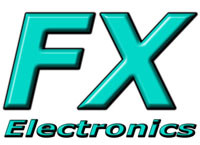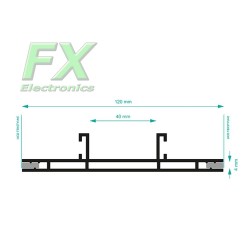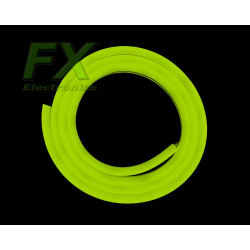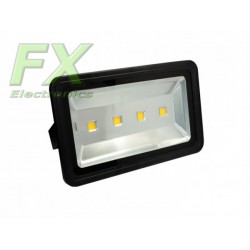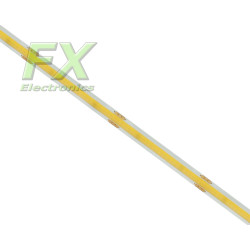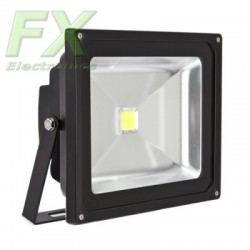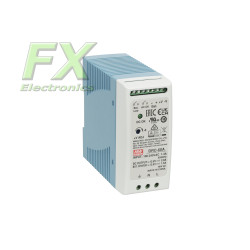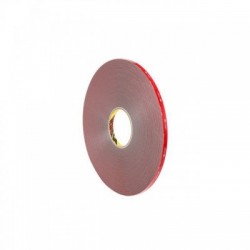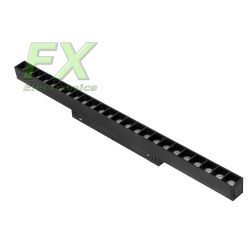Popular Products
FX Electronics - lighting for professionals
Get know our full offer of lighting control and power suppies
Our offer is addressed to manufacturers of advertisements, installers of lighting and illuminated ceilings, electricians and automation specialists. Our wide range of products consists of tested branded solutions that ensure ease and convenience of installation, high quality of the product, its reliability and efficiency. The products we sell are selected for quality. We assume that failure-free, rich functionality and long service life are key features of professional and reliable solutions built by our customers.
